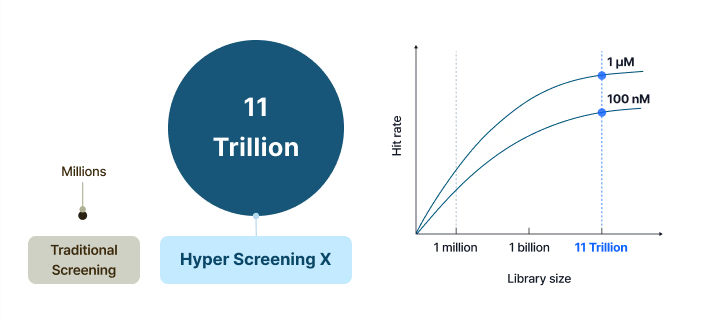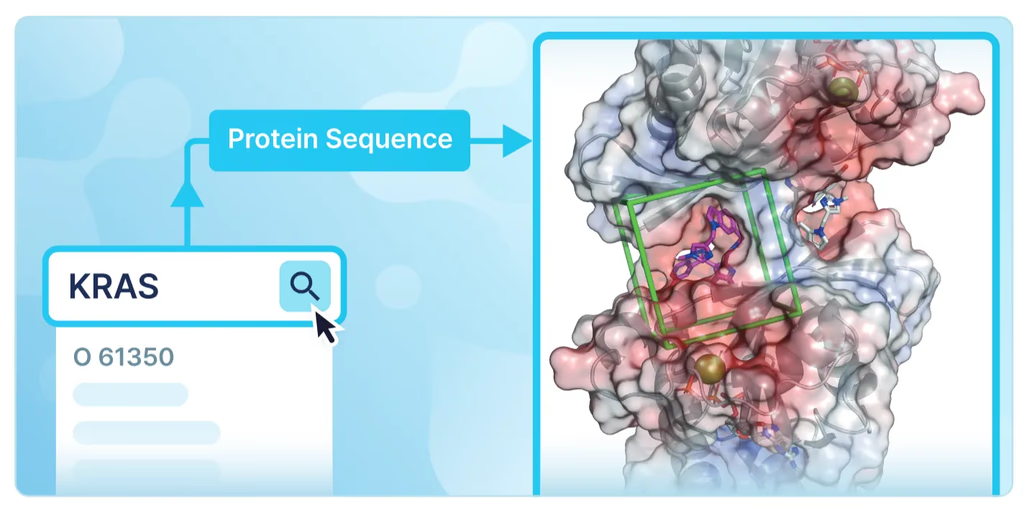HyperLab Interview : Well-Equipped AI Platform Boosts Drug Development Success Potential

Please give a brief introduction about yourself.
Hello, I am the director of the in-house research institute at S2Cbio Co., Ltd., a company specializing in the synthesis of biopharmaceuticals. Currently, our research institute is focused on developing small-molecule drugs targeting various intractable diseases.
With AI technology being actively adopted these days, how do you feel the role of medicinal chemists is changing?
With the advancement of AI technology, many aspects of research, including data analysis, are becoming automated. In particular, research efficiency has significantly improved in tasks involving repetitive or large-scale data processing.
I believe medicinal chemists now need to evolve into roles that AI cannot easily replace. Examples include setting research directions and making critical decisions, which are high-level tasks.
You mentioned that you first encountered HyperLab at the HITS webinar. What impressed you the most?
Through the webinar, I was impressed that HyperLab effectively incorporates many elements I had anticipated as a medicinal chemist for AI-driven drug development. In particular, its support for protein structure prediction based on AlphaFold(Reference : https://hyperlab.hits.ai/en/blog/Co-folding_) and its enhanced AI-based virtual screening capabilities, which accelerate the discovery of drug candidate compounds (Reference : https://hyperlab.hits.ai/en/blog/ScreeningX_), stood out.
You mentioned wanting to use HyperLab in the early stages of identifying active compounds. What led you to this decision?
In the early stages of drug development, selecting structurally promising active compounds (HITs) is a critical factor that can determine the success or failure of a drug development project.
I understand HyperLab to be an all-in-one platform that allows researchers to evaluate multiple factors, such as protein structure and drug-likeness, simultaneously during the initial active compound selection process. Its major strength lies in the ability to compare and comprehensively analyze various predictive results within a single platform. I believe it has the potential to mark a turning point in active compound discovery and offers new insights as a tool that breaks away from traditional approaches.
What aspects of HyperLab made you feel it is ‘ready’ for immediate application in actual research?

I was particularly impressed by HyperLab’s approach to securing derivatives through its collaboration with eMolecules. One of the major challenges commonly faced by companies engaged in molecular design is bridging the gap between designed structures and those that are actually synthesizable.
HyperLab seems to effectively address this issue through its partnership with a leading synthesis service company that possesses the world’s largest compound library. Specifically, the combination of eMolecules’ extensive compound database and its process development capabilities with HyperLab creates a bridge that connects AI-based design to practical drug development research, which I find promising.
You mentioned during the last user group meeting that the web-based hands-on environment was particularly impressive. Could you elaborate on what specifically stood out to you?
I was impressed by the fact that the platform is web-based. A web-based platform is highly accessible, requiring only an internet connection, which enhances its usability. Additionally, the fact that the time taken to generate results is not dependent on the specifications of an individual researcher’s PC is a significant advantage. The server-based computing environment enables a more consistent computational framework and efficient resource utilization, which I found particularly noteworthy.
What is the primary reason you would recommend HyperLab to fellow researchers?
The biggest reason is the ability to utilize a wide range of functions within a single web-based platform. From predicting drug-protein binding affinity to evaluating drug physicochemical properties and designing molecules, everything can be done in one place. Since it operates within a single platform, I believe it allows for intuitive prioritization of experiments based on data.
Are there any other AI-driven drug development tools or software you are currently using?
We are currently using CADD-based drug design programs, specifically Company B’s Program D and Company S’s Program M.
Compared to the tools you’ve been using, are there any areas where you feel HyperLab particularly stands out?

Existing programs are specialized in tasks such as docking or molecular dynamics (MD) simulations, offering the advantage of allowing users to fine-tune various parameters to achieve precise results. However, these programs often have a steep learning curve for beginners, and their results can vary significantly depending on parameter settings, which can pose challenges.
In contrast, HyperLab provides results based on AI models without requiring parameter adjustments, which I consider a major strength. When the AI model is well-trained, even beginners can obtain reliable results with a certain level of confidence.
Lastly, do you have any words for researchers in drug development who have not yet experienced HyperLab?
For researchers looking to explore AI-based drug development platforms, I believe HyperLab is a highly worthy option to consider. As in other industries, the importance of AI in drug development will only continue to grow. Strategically utilizing a well-developed AI platform can be a key approach to increasing the likelihood of success in drug development. I expect that experiencing firsthand how HyperLab’s AI is transforming the future of drug development will be a meaningful journey.
AI-Powered Drug Discovery Platform: HyperLab
- [Free Trial] https://buly.kr/AaqAAeB
- [Contact Us for Implementation] https://abit.ly/6tr1uz